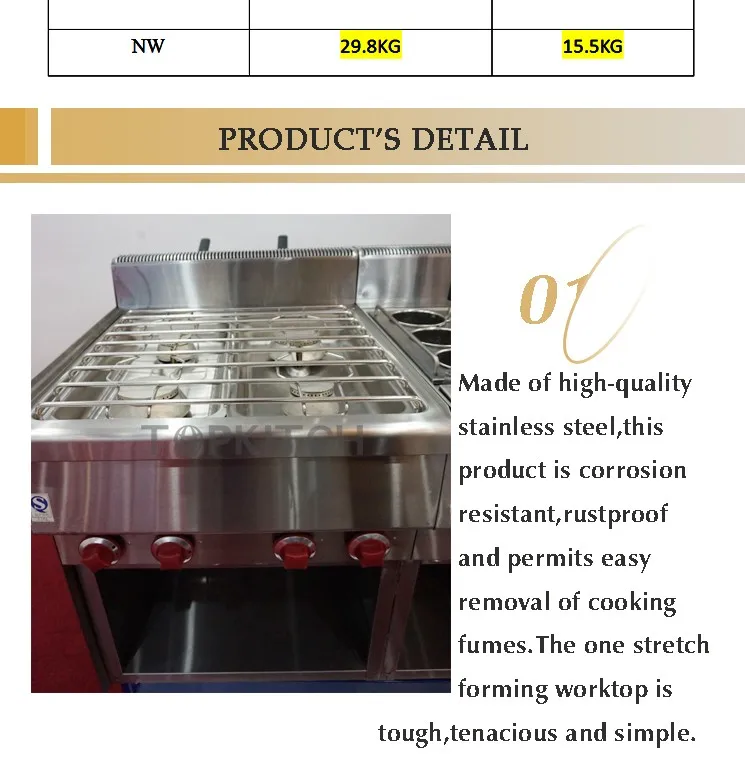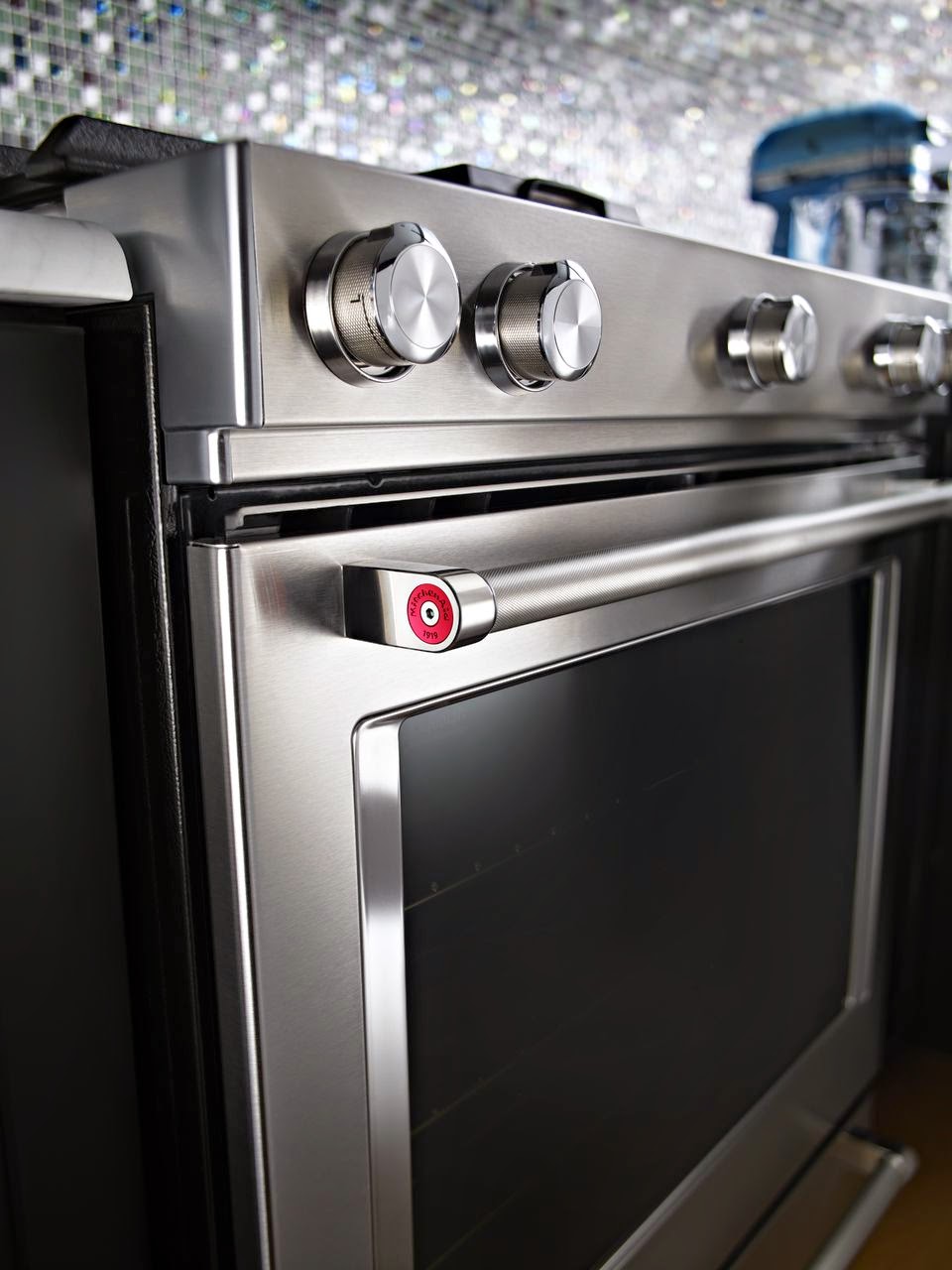

But it’s not just the carbon dioxide emissions that climate scientists are worried about. In recent years it’s become clear that cooking with natural gas is harmful to the environment. Benefits of induction cooking Environmental benefits To learn more about how induction cooktops and ranges work, check out this video by Adam Ragusea. Metal molecules heat and cool rapidly, allowing for quick temperature changes since warmth is generated only within the pot or pan itself.īecause it operates without an intermediary, cooking with induction is more efficient than with a traditional electric cooktop or natural gas and doesn’t emit the type of fugitive radiant heat that steams up the kitchen on a hot day. Such items can be identified by tossing magnets at your current cookware collection – if it sticks to the bottom, that’ll work on induction.ĭipping into the physics makes it easy to see why induction cooktops perform so well. That’s why induction cooktops only work with pots and pans made of ferromagnetic materials, like iron and steel.

Each burner on an induction stove has a sensor that recognizes the metal’s temperature and adjusts accordingly. If you lift the pan, breaking the molecular connection, heat will no longer be created. If that field hits a material that resists its flow – say, the base of your favorite cast-iron skillet – it induces swirling electric flows called eddy currents, which generate heat in the resistant metal. When you turn on a burner, an alternating electric current darts back and forth through the coil, oscillating dozens of times a second to create a magnetic field. Induction is faster, more precise and more efficient because it tosses out the fiery middleman, using electromagnetism to heat the cookware itself.īeneath each zone of a smooth ceramic-glass induction cooktop lies a coiled copper wire. Gas or traditional electric stoves cook through conduction, using an open flame or a heated resistance coil as an intermediary that transfers warmth to your pan.


 0 kommentar(er)
0 kommentar(er)
